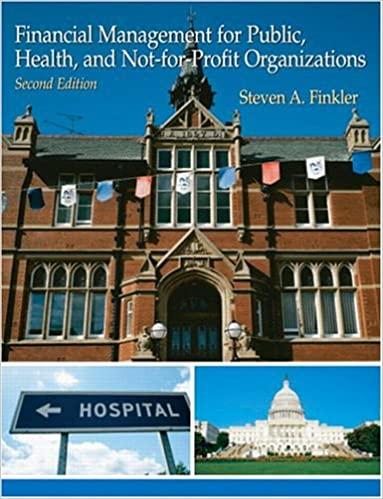Question
Airco ships 1,000,000 hubs a year in lots of 1,000 to a foreign buyer. Airco's current manufacturing process produces hubs whose mean smoothness follows a
Airco ships 1,000,000 hubs a year in lots of 1,000 to a foreign buyer. Airco's current
manufacturing process produces hubs whose mean smoothness follows a normal distributionwith a mean ( ) of 15 Rz and a variance ( ) of .01. Hubs are considered defective if their mean smoothness falls below 14.7 or above 15.3.
The foreign buyer is adopting a new acceptance sampling procedure that will increase Airco's inspection costs. The buyer will receive lots of 1,000, and randomly sample 80 hubs for testing.
If any of those 80 hubs is defective, the buyer will reject the entire lot and return it to Airco for complete inspection (all 1000 hubs). This will cost Airco an additional $5000 per rejected lot.
One of Airco's clever engineers has devised a modification for the manufacturing process that reduces the variance from 0.01 to 0.00826. What are the expected savings for Airco if they adopt this new manufacturing process (compared to the old process)? If the new process involves a one-time switching cost of $500,000, is it worth switching?
Step by Step Solution
There are 3 Steps involved in it
Step: 1

Get Instant Access to Expert-Tailored Solutions
See step-by-step solutions with expert insights and AI powered tools for academic success
Step: 2

Step: 3

Ace Your Homework with AI
Get the answers you need in no time with our AI-driven, step-by-step assistance
Get Started


